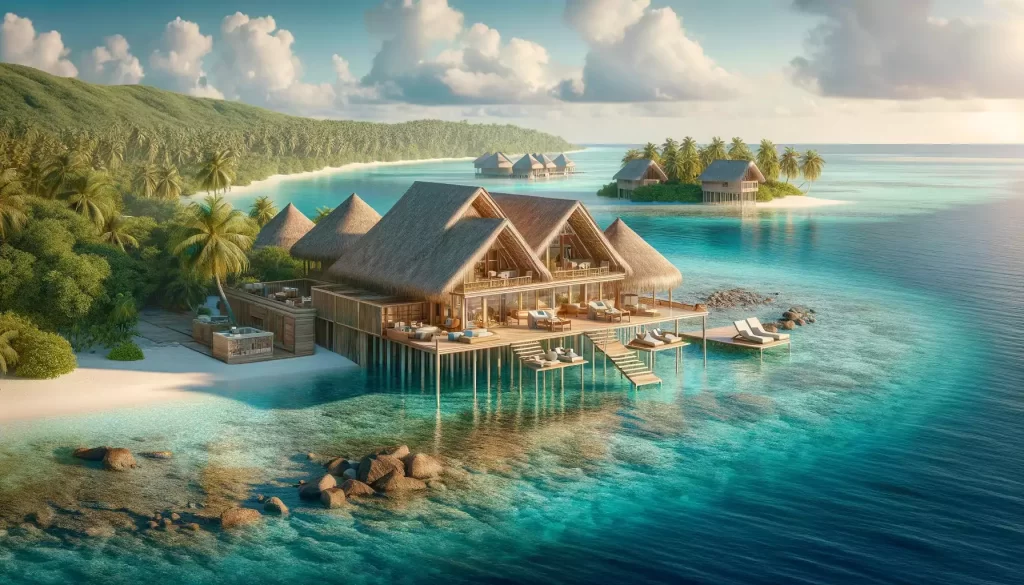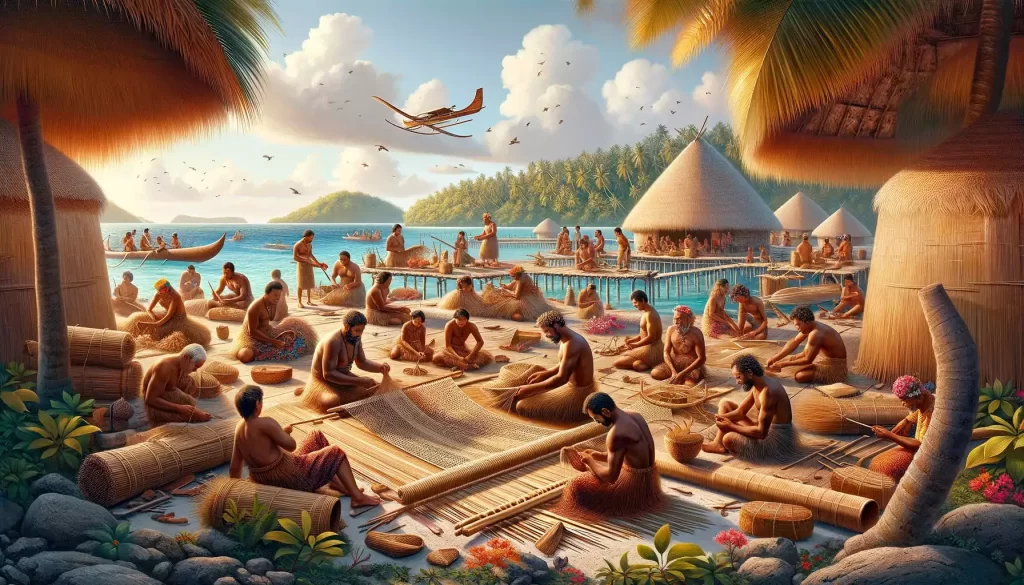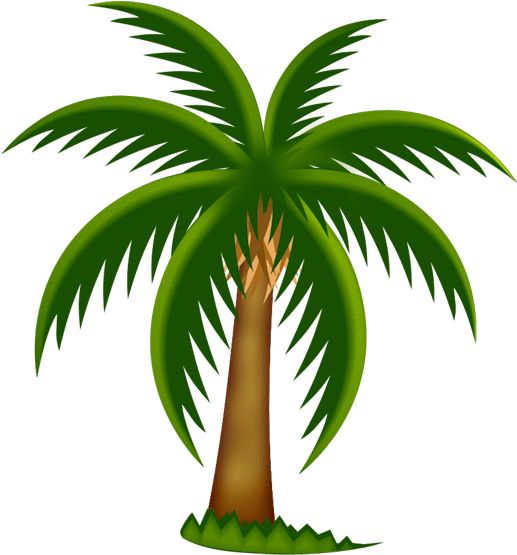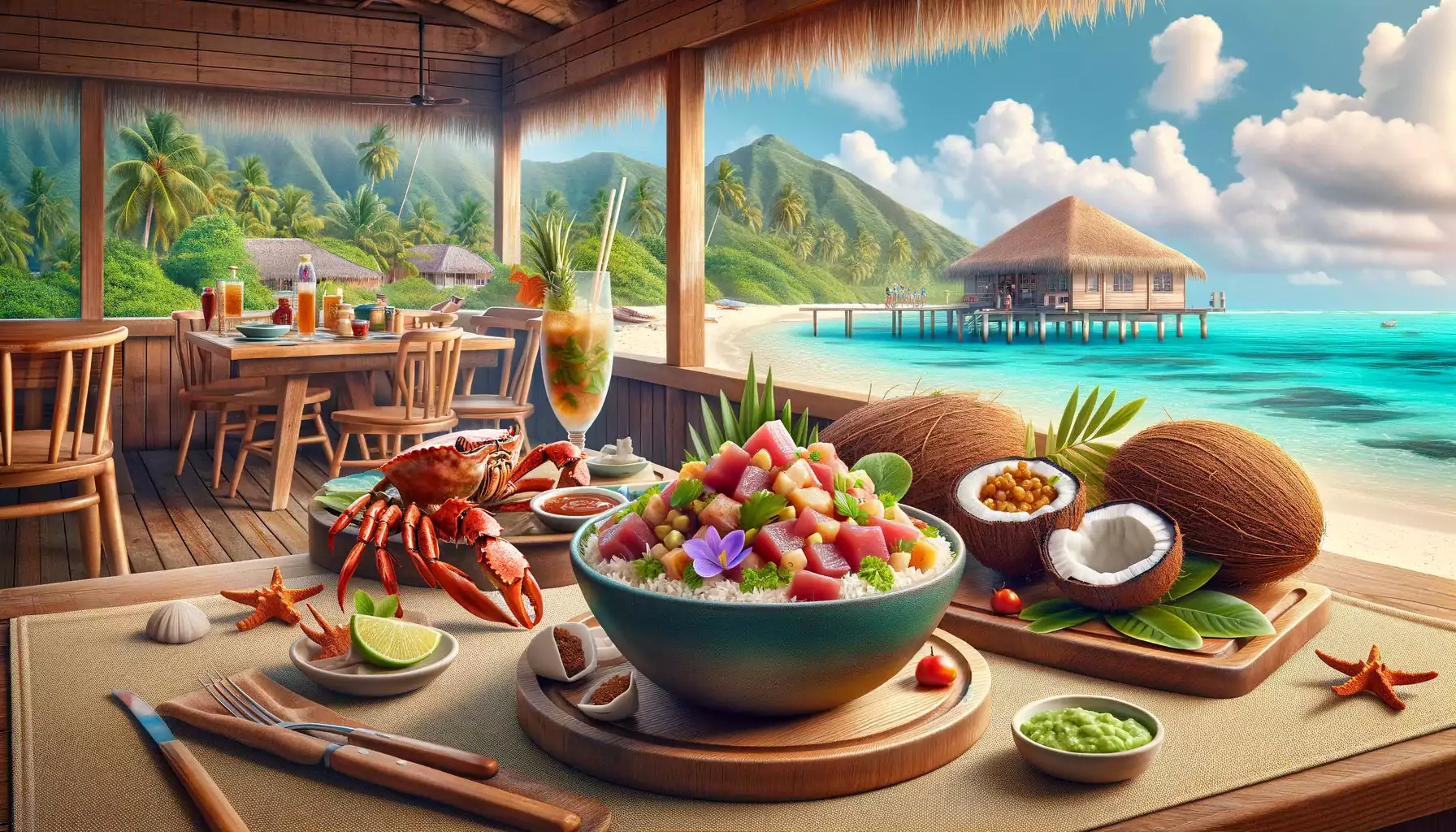Welcome to Kwajalein Atoll, a hidden gem nestled in the heart of the Pacific Ocean. Part of the Marshall Islands, this atoll is not just a destination; it’s an escape into a world where nature’s beauty remains largely untouched by the hustle of modern life. The Atoll is made up of 97 islands and islets, with the largest being Kwajalein Island itself. The crystal-clear waters, white sandy beaches, and lush greenery make it a paradise for nature lovers and adventure seekers alike. Whether you’re looking to relax on the beach, snorkel among colorful marine life, or explore the rich history and culture of the Marshall Islands, Kwajalein Atoll has something for everyone.
The atoll is also home to a diverse population, with both Marshallese locals and a large expatriate community living and working on the islands. This cultural blend adds a unique dynamic to the atoll, enriching the experience for visitors.

With its remote location and limited commercial development, Atoll offers a serene and tranquil environment that is perfect for those seeking a break from the fast-paced world. Whether you’re looking for a romantic getaway, a solo adventure, or a family vacation, Atoll promises an unforgettable experience.
So come and immerse yourself in the untouched natural beauty and warm hospitality of Atoll. Whether you’re exploring the underwater wonders, soaking up the sun on the pristine beaches, or discovering the charm of the local communities, this hidden gem in the Pacific is sure to leave a lasting impression on your heart.
The History and Culture of Marshall Islands
The Marshall Islands, including Kwajalein Atoll, have a history marked by Micronesian settlement, followed by Spanish, German, Japanese, and U.S. influences, with significant events such as World War II and U.S. nuclear testing impacting their development. This rich history has forged a unique cultural identity, blending ancient traditions with modern influences. The Marshallese culture is characterized by its strong community bonds, matrilineal society, and oceanic connection. Traditional arts like mat weaving, music, and canoe building are central to their cultural expression, symbolizing a deep-rooted heritage that continues to evolve and thrive in the modern world.
Attractions and Landmarks
This place is rich in attractions and landmarks, offering a diverse range of sights for visitors:
- Natural Beauty: The atoll’s pristine beaches and crystal-clear lagoons are perfect for swimming, snorkeling, and relaxation.
- Historical Sites: Explore World War II relics, including shipwrecks and historical landmarks on Roi-Namur.
- Cultural Attractions: Visit the Marshallese Cultural Center to delve into the local history and traditions.
- Ebeye Island: Experience the bustling local life and cultural vibrancy of the atoll’s most populous island.
- Bigej Island: Known for its untouched beaches, ideal for those seeking a serene escape.
These attractions not only offer visual splendor and leisure opportunities but also provide deep insights into the rich history and culture of Atoll.

Activities and Adventures
At Kwajalein Atoll, adventure seekers and nature lovers alike find a paradise of activities. The atoll is a haven for water sports, offering exceptional scuba diving and snorkeling opportunities in its crystal-clear lagoons teeming with vibrant marine life. For those who prefer land-based adventures, there are opportunities for island hopping, cultural tours, and beachcombing along the pristine shores. The unique combination of natural beauty and rich marine biodiversity makes Atoll an ideal destination for both thrilling adventures and serene explorations in the heart of the Pacific.
Local Cuisine and Dining Options
Exploring the local cuisine and dining options in Atoll is a highlight of the travel experience, characterized by fresh ingredients and cultural fusion:
- Seafood Specialties: Enjoy dishes like fresh tuna poke and coconut crab, showcasing the best of local catch.
- Local Flavors: Taro and breadfruit are staple ingredients, often featured in traditional dishes.
- Cultural Fusion: Experience a blend of Micronesian, Japanese, and American influences in various culinary offerings.
- Dining Settings: Choose from beachside eateries for a casual meal or upscale restaurants for a more formal dining experience.
- Street Food: Don’t miss trying local snacks from street vendors for an authentic taste of island life.
Each dining option in Kwajalein Atoll offers a unique insight into the local culture and lifestyle, making it an integral part of the travel experience.
Accommodation and Lodging
In Kwajalein Atoll, accommodation options cater to a range of preferences and budgets, offering a mix of comfort and local charm. Visitors can choose from luxurious beachfront resorts that provide all-inclusive experiences, charming guesthouses offering a more intimate glimpse into island life, or eco-friendly lodges that emphasize sustainability. Many of these accommodations boast stunning ocean views and easy access to the atoll’s pristine beaches, ensuring a serene and authentic stay. Whether you’re seeking a romantic getaway, a family vacation, or a solo adventure, Kwajalein Atoll’s lodging options promise a memorable and comfortable island experience.
Travel Tips for Visiting
When visiting the Atoll, it’s important to be mindful of local customs and environmental practices. The best travel period is between December and April, offering optimal weather for outdoor activities. Visitors should pack essentials like reef-safe sunscreen, insect repellent, and snorkeling gear. It’s also recommended to stay hydrated and protect against the strong tropical sun. Due to the remote nature of the atoll, ensuring you have the necessary medications and first-aid supplies is crucial. Respect for the local culture and environment is paramount; engage with the community, participate in eco-friendly activities, and always adhere to sustainable tourism practices to help preserve the natural beauty and cultural heritage of Atoll.
Sustainable Travel and Ecotourism Efforts
Sustainable travel and ecotourism are integral to preserving the natural beauty and cultural integrity of Atoll. The local community and authorities emphasize environmentally responsible practices, encouraging visitors to minimize their ecological footprint. This includes adhering to guidelines like not disturbing wildlife, participating in coral reef conservation efforts, and reducing plastic use. Many local businesses and tour operators support sustainable practices, offering eco-friendly accommodations and activities that respect the environment and local traditions. By choosing sustainable options and being conscious of their impact, travelers play a crucial role in protecting this unique ecosystem and ensuring that Atoll remains a pristine paradise for future generations.
Planning Your Trip
When planning a trip to Kwajalein Atoll, there are several key steps to ensure a smooth and enjoyable experience:
- Travel Documentation: Verify visa requirements and passport validity.
- Health Preparations: Check for recommended vaccinations and pack necessary medications.
- Flight Arrangements: Book flights well in advance, as access to the atoll is limited.
- Accommodation: Reserve your stay, considering options from resorts to guesthouses.
- Local Currency: Understand the currency and exchange rates; carrying some local cash is advisable.
- Packing Essentials: Include reef-safe sunscreen, insect repellent, and appropriate attire for tropical weather.
- Cultural Research: Familiarize yourself with local customs and etiquette to respect the island’s culture.
- Itinerary Planning: Outline a flexible itinerary that includes key attractions, activities, and relaxation time.
By carefully considering these aspects, travelers can maximize their experience in Atoll, ensuring a memorable and respectful visit to this unique destination.
Getting Around
Getting around Atoll offers a unique experience due to its geographical layout and local practices. The primary modes of transportation are bicycles, which are a popular and eco-friendly way to navigate the island’s terrain. For longer distances, boats are commonly used, providing an authentic way to travel between the islands and enjoy the scenic beauty of the ocean. Some areas also offer limited car rentals, but the use of motor vehicles is less common. Walking is another viable option, especially for exploring the local communities and enjoying the natural surroundings at a leisurely pace. Understanding and utilizing these modes of transport allows visitors to fully immerse themselves in the island lifestyle and explore Atoll’s diverse landscapes and attractions.
Travel Tips: Making the Most of Your Island Getaway
Top 10 Must-Visit Spots
- Emon Beach: For sun, sand, and surf.
- The Shipwreck Sites: Dive into history.
- Ebeye Island: Experience local life.
- Bigej Island: For pristine beaches.
- Carlos Island: A snorkeler’s paradise.
- Kwajalein Lagoon: For world-class fishing.
- Gugeegue: For its cultural significance.
- Roi-Namur: Rich in World War II history.
- Mejatto Island: A secluded retreat.
- The Marshallese Cultural Center: Learn about local traditions.
5 Unique Experiences Only Found at Kwajalein Atoll
- Night Snorkeling: Discover the underwater world after dark.
- Traditional Marshallese Canoe Sailing: Embrace the ancient art of navigation.
- Cultural Workshops: Learn local crafts and cooking techniques.
- Island Hopping on a Private Charter: Explore secluded islands.
- Star Gazing: Unparalleled views of the Milky Way.
Packing Essentials for a Trip
Don’t forget your sunscreen, insect repellent, snorkeling gear, and a sense of adventure! Other essential items to pack for a trip may include:
1. Lightweight, breathable clothing
2. Hat and sunglasses
3. Water shoes or sandals
4. Reusable water bottle
5. Waterproof phone case
6. Travel adapter for electrical outlets
7. First aid kit
8. Personal medication
9. Cash in small denominations
10. Travel insurance information
11. Travel documents (passport, tickets, etc.)
12. Camera or GoPro for capturing underwater adventures
It’s also important to check the weather forecast and pack accordingly, as well as to inquire about any specific items needed for activities or excursions planned during your stay at Atoll.
Best Times to Visit
The best time to visit is between December and April, when the weather is most favorable for outdoor activities. During this time, the atoll experiences the dry season, with lower humidity and little to no rainfall. The water is also calmer, making it ideal for snorkeling, diving, and other water sports. Additionally, the atoll sees fewer tropical storms and hurricanes during these months.
Visitors should keep in mind that the atoll experiences a tropical climate, with high temperatures and humidity throughout the year. However, the months outside of December to April may see more frequent rain and stronger winds, which could disrupt outdoor activities.
Overall, the best time to visit is during the dry season between December and April for the most enjoyable and comfortable experience.
FAQ
General Information
Q: What is Kwajalein Atoll and where is it located?
A: The Atoll is a group of small islands in the Marshall Islands, located in the Ralik Chain, southwest of Honolulu. It’s part of the Republic of the Marshall Islands (RMI), a territory in the Pacific Islands.
Q: How significant is Atoll in terms of land area and population?
A: The Atoll covers a total land area of 1.1 square miles, making it one of the most densely populated areas in the Pacific. The island of Kwajalein is the largest island within the atoll and the second-largest island in the Marshallese archipelago.
History and Governance
Q: Can you tell me about the historical significance?
A: Kwajalein played a critical role during World War II. Between 1940 and 1945, the U.S. seized the Marshall Islands, including Kwajalein, from Japanese control. Post-war, it was administered under the U.S. Navy and later under the Trust Territory of the Pacific Islands, a League of Nations mandate.
Q: What is the current governance structure?
A: The Kwajalein Atoll Development Authority and the local administrative bodies govern the atoll. It operates under the Compact of Free Association between the RMI and the United States.
Environmental Concerns
Q: Are there any environmental concerns related to Kwajalein Atoll?
A: Yes, like many small islands in the Pacific, Kwajalein faces challenges from sea level rise and maintaining clean drinking water. Efforts are ongoing to address these issues, including wastewater treatment and wetland conservation.
Military Presence
Q: What is the significance of the US military on Kwajalein Atoll?
A: The US Army Garrison Kwajalein is an important military base. It assists in the operation of the Global Positioning System (GPS) and is a test site for various defense projects. Roi and Namur islands within the atoll also host significant military facilities.
Cultural Aspects
Q: Can you provide information on the local culture?
A: The Marshallese culture is vibrant, with traditions passed down through generations. The atoll has a paramount chief, and many Marshallese citizens still practice traditional customs. Cultural aspects can be explored in depth on Ebeye Island and through local festivals throughout the atoll.
Tourism and Travel
Q: What are some key travel tips for visiting Kwajalein Atoll?
A: When visiting, respect local customs and environmental practices. The Atoll Development Authority provides guidelines for tourists. It’s also important to be prepared for the tropical climate and limited access to certain areas due to military presence.
Future Developments
Q: Are there any future development plans?
A: Ongoing projects focus on improving infrastructure, sustainable tourism, and addressing environmental concerns like sea level rise. Efforts are being made to balance development with the preservation of the atoll’s natural beauty and cultural heritage.

